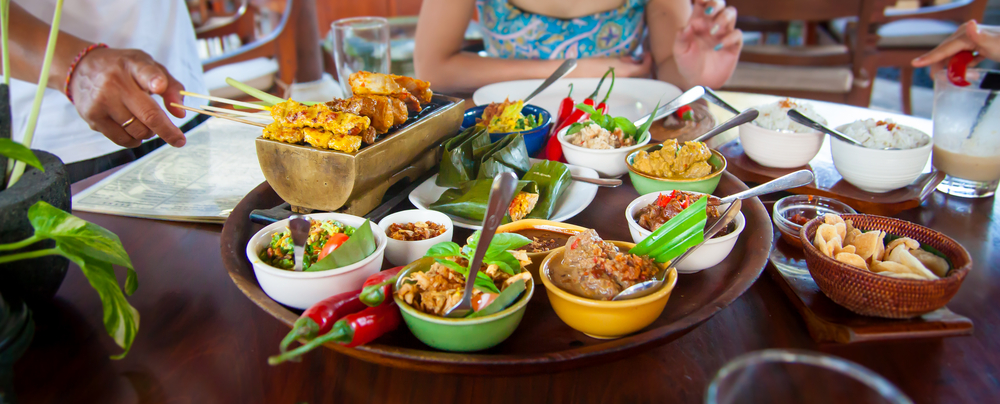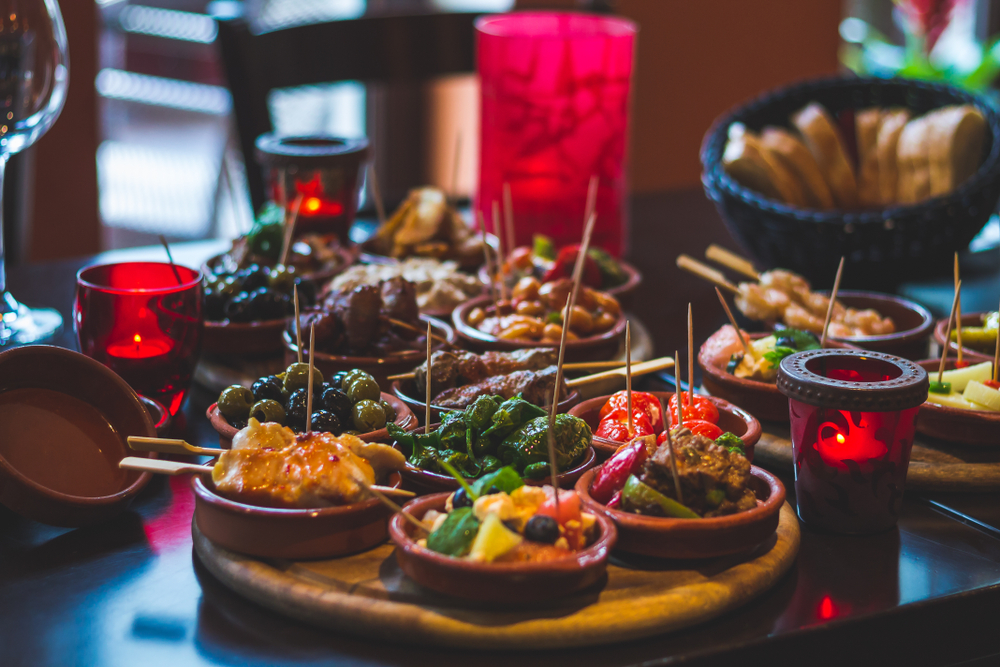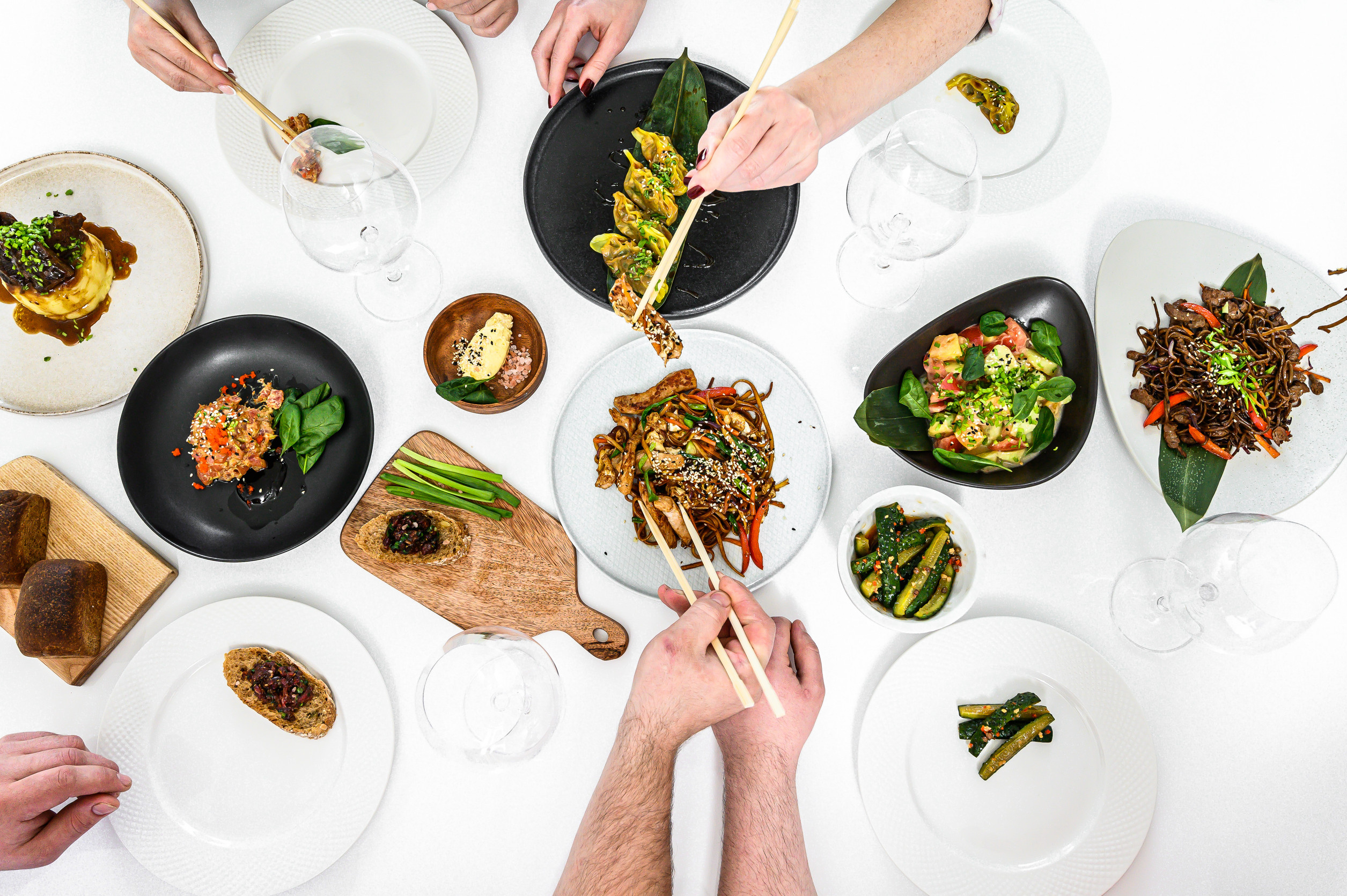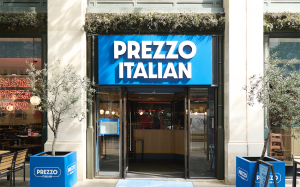Dining out is never just about satisfying hunger. It’s an experience, a ritual, a way of connecting with others—and most importantly, a statement of culture.
The food we prepare, serve, and share tells stories about who we are, where we come from, and what we value. Nowhere is this truer than in cities where tradition meets modernity, and where culinary heritage is not only preserved but continuously reinvented.
One such city is Budapest, where stepping into a Hungarian restaurant isn’t just a meal choice—it’s an immersion into history, community, and identity.
Culinary Traditions that Speak of the Past
Hungarian cuisine is rich, layered, and deeply tied to the country’s turbulent yet proud past. With roots dating back to the nomadic magyars and influences from the Ottoman Empire, Austria, and neighboring Slavic countries, Hungarian cuisine is a delicious blend of history on a plate. Paprika, for instance, is more than just a spice here—it is a cultural emblem, a symbol of national pride used to flavor everything from hearty goulash to delicate fish soups.

What makes Hungarian gastronomy truly special is not just the ingredients, but the philosophy behind the dishes. Meals are often centered around family and gatherings, with recipes that have been passed down for generations. This intergenerational transmission of culinary knowledge reinforces identity and belonging in ways that go far beyond taste or texture.
The Role of the Hungarian Restaurant in Budapest
In the capital of Hungary, dining out at a traditional Hungarian restaurant is one of the most authentic cultural experiences a visitor—or even a local—can have. These establishments are more than eateries; they are cultural institutions. Whether adorned with rustic wooden beams, hand-painted folk art, or modern minimalist designs that pay homage to classic motifs, these restaurants act as living museums of Hungarian culture.
Take, for example, the carefully curated menus found in a traditional Hungarian restaurant in Budapest. You’re likely to encounter classics such as hortobágyi palacsinta, a savory pancake filled with meat and topped with creamy paprika sauce, or pörkölt, a slow-cooked meat stew. But it’s not just about the food. The setting, the hospitality, and even the background music—often traditional csárdás tunes—contribute to a sense of place and belonging.
These restaurants also serve as community hubs where locals gather to celebrate birthdays, anniversaries, and other special milestones. If you’d like to witness this special ambiance, you can always type the keywords hungarian restaurant Budapest into your browser, and find your favorite place.
Evolving with the Times
While tradition is a cornerstone, Hungarian cuisine and its restaurants are far from static. In recent years, a new generation of chefs and entrepreneurs has breathed fresh life into Budapest’s culinary scene. They respect the old ways but are not afraid to innovate. Farm-to-table concepts, fusion dishes, and modern plating techniques are being integrated into traditional frameworks, making the dining experience more dynamic than ever.

A modern Hungarian restaurant in Budapest might serve a deconstructed goulash with smoked paprika foam or reinterpret a classic Dobos torte using seasonal fruits and artisanal chocolate. These reinterpretations keep the culture alive, adapting it to the tastes and expectations of new generations while still honoring the essence of the original.
Food as a Living Language
Food, like language, evolves—but it also preserves. It holds within it the idioms of past generations, the dialects of rural regions, and the accents of historical moments. When we dine at a Hungarian restaurant in Budapest, we participate in this living language. We taste not only paprika and garlic, but the echoes of village kitchens, the resilience of people who survived wars and revolutions, and the creativity of a nation that continues to define itself through its culinary expressions.
A Cultural Invitation
To understand a culture, we must do more than observe it—we must experience it, engage with it, and share it. This is the unspoken invitation extended by every Hungarian restaurant Budapest has. Whether serving steaming bowls of bean soup in winter or sweet apricot desserts in summer, these restaurants extend an open door to anyone willing to engage with Hungarian culture on a deeper level.
Dining in this context becomes an act of participation and respect. It’s a nod to the past and a toast to the future. It’s more than food—it’s a cultural statement, one bite at a time.
Summer Recipes: Asian-Inspired Salmon with Stir-Fried Vegetables and Seasoned Noodle Nest





